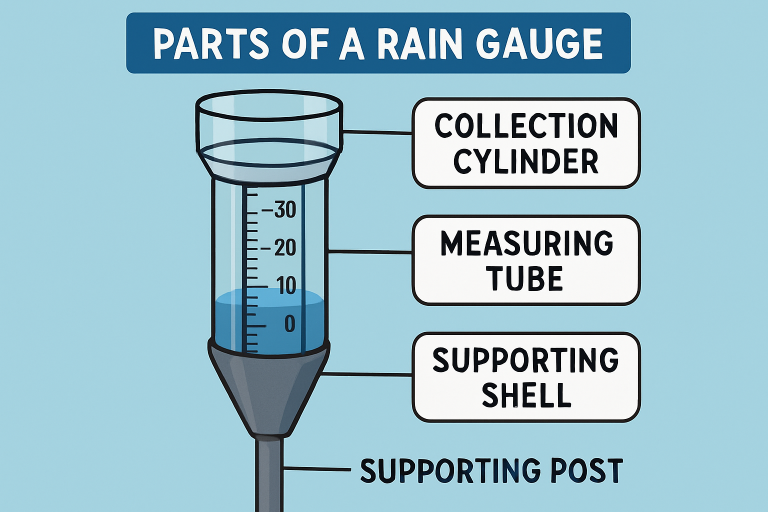Table of Contents
- Introduction
- Understanding Pressure Ratings
- Temperature Considerations
- Corrosion Resistance
- Material Options
- Cost Analysis
- Installation and Maintenance
- Regulatory Compliance
- Conclusion
Selecting the appropriate pipe material for high-pressure applications is critical in industries such as oil and gas, chemical processing, and manufacturing. The decision directly impacts the safety, performance, and overall service life of the system. Understanding your specific requirements is the first step toward ensuring your operation remains efficient and problem-free. As you weigh your options, sourcing reliable suppliers for Tulsa pipe is essential to guarantee consistent quality and support for your piping needs. The right pipe material is influenced by pressure expectations, temperature fluctuations, exposure to corrosive environments, and the lifespan you’re targeting for your system. Making an informed choice minimizes the risk of leaks, failures, and unplanned downtime, while also ensuring your system remains compliant with industry regulations. Reviewing these considerations can protect your investment far into the future.
Understanding Pressure Ratings
The pressure rating of a pipe represents the highest pressure it can withstand safely under designated conditions. Exceeding this rating can lead to catastrophic failures, product loss, and safety hazards for workers and facilities. Pipes must be selected not only to meet but to exceed the system’s maximum operating pressure, and incorporating a built-in safety margin is considered best practice. High-pressure environments—such as those found in petrochemical procedures or hydraulic systems—demand that engineers and procurement specialists review technical datasheets closely. Pressure ratings depend on pipe wall thickness, diameter, and material type. Ensuring the correct fit is integral to performance and compliance with industry safety standards.

Temperature Considerations
The operational temperature range is another critical factor in selecting pipe materials. Certain materials retain their integrity at elevated temperatures—like carbon steel and stainless steel—while others, such as some plastics, degrade or lose strength when exposed to heat over time. Cold temperatures, conversely, can make some metals and plastics brittle, leading to fracture risks. It’s essential to analyze the lowest and highest temperatures your pipes will encounter and how rapidly changes in temperature may occur. High-alloy steel pipes tend to be preferred for operations involving steam or high-temperature fluids. Materials with high impact resistance are crucial for systems subject to freezing.
Corrosion Resistance
Pipes that regularly carry water, chemicals, or gases may be exposed to substances that can degrade the pipe material. Corrosion is a leading cause of structural failures, leaks, and contamination, making corrosion resistance a top priority in aggressive environments. Stainless steel is favored for its broad corrosion resistance, especially variants such as 316 stainless, which contains molybdenum for marine and saltwater exposure. Certain plastics or internally lined pipes are also viable for applications involving highly corrosive substances. Consider the presence of chlorides, acids, or other corrosive agents in your system and evaluate how each pipe material responds.
Material Options
Several pipe materials are available for high-pressure services, each offering advantages and trade-offs:
- Stainless Steel delivers superior tensile strength and corrosion resistance, making it ideal for high-pressure and highly corrosive environments. It has a higher initial cost but lower long-term maintenance requirements.
- Carbon Steel: Offers excellent mechanical properties and cost-effectiveness for many high-pressure systems. However, it can corrode over time if not adequately protected or coated.
- High-density polyethylene (HDPE) is lightweight, chemical-resistant, and suitable for specific high-pressure applications such as water distribution. It also allows for flexible installation via various welding techniques.
- Composite Materials: These utilize blends of metals and polymers or fiber reinforcements to achieve a certain balance of strength, weight, and corrosion resistance. Composites are increasingly used where weight reduction and customization are crucial.
Cost Analysis
The total project cost includes much more than the initial price per pipe. Maintenance frequency, expected service life, repair costs, and the likelihood of downtime all affect the total cost of ownership. While stainless steel or composite options typically command higher upfront prices, their durability and resistance to failure can offer savings over the system’s lifespan. Project managers should perform lifecycle costing assessments to compare options on an equal basis, factoring in all anticipated expenses over the pipe’s working life. Choosing a slightly higher-grade material can pay dividends by reducing future replacement costs.
Installation and Maintenance
Installation ease and ongoing maintenance are often-overlooked factors that significantly influence project timelines and operational budgets. HDPE pipe, for example, can be fused into seamless runs with specialized welding, avoiding the need for multiple seals or flanges. However, expertise and the correct tools are necessary for installation. Material selection should also consider local labor availability, schedule constraints, and the predictability of future maintenance needs. The simplicity of maintenance for materials like stainless or lined steel pipes can reduce downtime and further justify initial investments.
Regulatory Compliance
Pipes in high-pressure systems must adhere to established standards—such as those from the American Society of Mechanical Engineers (ASME) or the American Society for Testing and Materials (ASTM)—to guarantee safety and reliability. Compliance ensures your facility passes inspections, maintains insurance coverage, and avoids liability for preventable failures. Procurement should verify that both pipe material and fabrication processes are certified to the relevant industry codes. Reputable suppliers can assist in providing documentation and certificates for each shipment.
Conclusion
Choosing the right pipe material for high-pressure applications involves balancing technical requirements, durability, cost, installation factors, and compliance concerns. High-quality sources can help ensure the correct materials are selected, installed, and maintained throughout the life of your system. By investing in the right pipe today, you’ll safeguard performance, protect your workforce, and optimize total ownership costs for years to come.
CLICK HERE FOR MORE BLOGhttps://stromberry.com/

